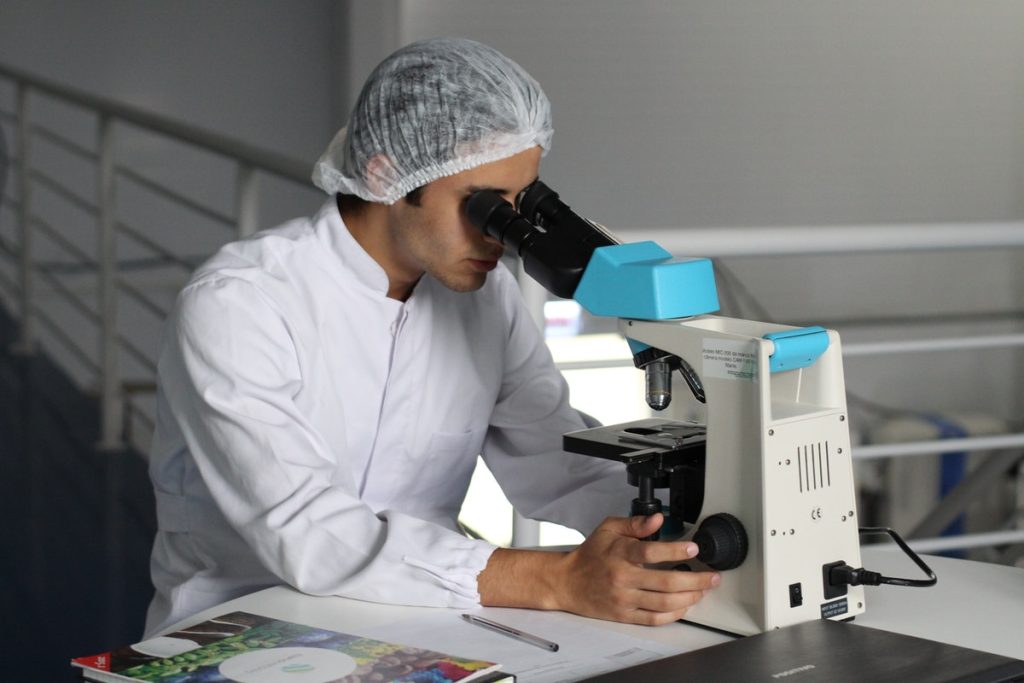It’s no secret that the medical technology industry has been booming in recent years. With new technologies coming out every year, it seems like we’re getting closer and closer to a time when doctors will be able to fix any illness with just a scan of your body. But where do these advances come from? And what is the future of this industry?
To understand the future of medical technology, we first have to take a look at its recent past. In the last few decades, there have been some incredible advancements in health and medical technology. We now have machines like MRI scanners, CAT scanners, PET scanners, X-ray machines, and many more that can take scans of the body to get a better idea of what may be wrong with us. These machines have saved countless lives and have made it possible for doctors to diagnose illnesses that were once impossible to detect.
But the advances don’t stop there. We are now on the cusp of a new era of medical technology that is set to revolutionize the industry even more. In this article, we will take a look at some of the most promising new technologies that are set to change the way we diagnose and treat illness.
MRI scanners
MRI scanners are one of the most important pieces of medical technology that we have today. They allow doctors to get a detailed picture of the inside of your body, which can help them diagnose illnesses and diseases. MRI scanners are also very safe, which means that they can be used on pregnant women and children without any risk.
The ability to use a motorized, portable MRI scanner is one of the most significant advances in MRI technology. These scanners are small enough to be used in ambulances and can be taken to patients who are in remote areas. This means that people who live in rural areas can now get the same level of care as those who live in cities.
CAT scanners
CAT scanners are another vital piece of medical technology. They use X-rays to create a three-dimensional image of your body, which can help doctors to detect tumors and other problems. CAT scanners are also used to create images of the brain, which can be used to diagnose conditions like dementia and Alzheimer’s disease.
PET scanners
PET scanners are a newer type of medical technology that is often used in conjunction with MRI scanners. They work by injecting a small amount of radioactive material into the body, which then collects in areas where there is disease or injury. This allows doctors to create a three-dimensional image of the inside of the body and to see how diseases are affecting different parts of the body.
Dental Care Innovations

Dentistry is one of the oldest and most reliable forms of healthcare that is still in use today. Despite the advances in medical technology, dentistry has remained largely unchanged for centuries. However, this is starting to change as we enter into a new era of dental care.
One of the biggest changes in dental care has been the rise of 3D printing. This technology is now being used to create dental implants and other prosthetics. 3D printing is also being used to create custom braces and crowns. This means that patients can now get the perfect fit for their teeth, which was once impossible.
Another big change in dental care is the use of robotics. Robots are now being used to clean teeth and apply fillings. This means that dentists can now work faster and more efficiently, which is good news for patients.
Ultrasound machines
Ultrasound machines are a type of medical equipment that uses sound waves to create images of the inside of the body. They are often used to image the baby in the womb. Ultrasound machines are also Used to diagnose conditions like liver disease and heart disease.
Portable ultrasound machines are one of the most significant advancements in ultrasound equipment. These machines are small enough to be used in ambulances and can be taken to patients who are in remote areas. This means that people who live in rural areas can now get the same level of care as those who live in cities.
Conclusion
The future of medical technology is incredibly exciting, and it seems like there are no limits to what we can achieve. With each new breakthrough, we get one step closer to a future where all illnesses can be cured, and everyone can live a long and healthy life. So what will the future of medical technology hold? Only time will tell. But one thing is for sure; it is poised to change the world in ways that we can only imagine.

